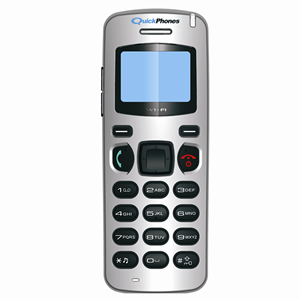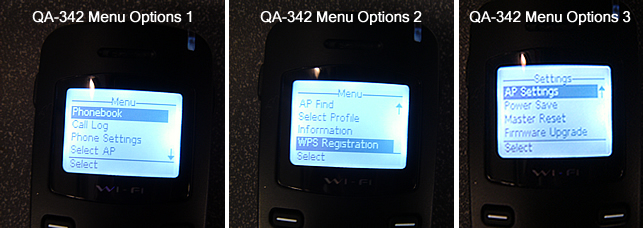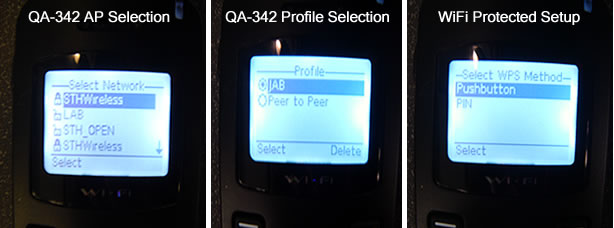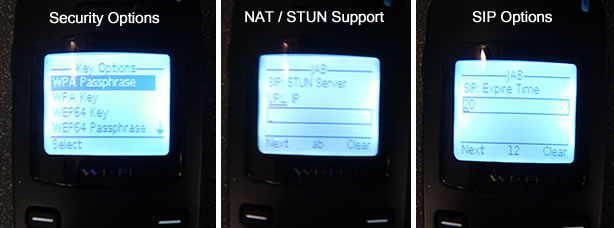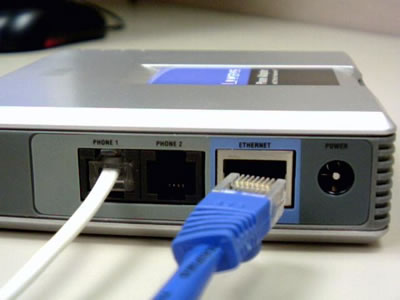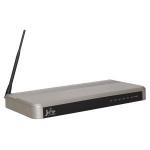First Look: QuickPhones QA-342 Wireless IP Phone
The QuickPhones QA-342 has been mentioned recently on the VoIP Insider, and we are getting closer to the general release of the product.
Having worked with a variety of wireless SIP endpoints in the past, from vendors including UTStarCom, Hitachi, Zyxel and others….we know that consumers want mobility options but most, if not all the “1st generation” 802.11b/g SIP handsets had some annoying inconsistences. The QuickPhones QA-342 addresses some of these inadequacies, and we think the product has a lot of upside.
The QA-342 supports WiFi protocol(s) 802.11b and 802.11g. WEP, WPA and WPA2 encryption and WiFi Protected Setup are standard. The QA-342 offers support for SIP v2 (RFC 3261), Stun / RTP Proxy (NAT Transversal), and supports up to four unique SIP Profiles. G.711 codec is standard and G.729 will be available.
The QA-342 features sound build quality and compact design. A backlit, 112 X 64 Pixel LCD display and rubberized, tactile keypad contribute to ease of use.
QA-342 Phone features include:
– Phonebook
– Call history
– WLAN signal strength level
– Battery level
– Caller ID
– Key Lock
– Contacts
– Clock
– Up to 6 languages
– Auto search & association upto 4 APs
The QuickPhones QA-342 has tested well in our lab against Asterisk, Trixbox, Elastix and FreeSwitch. the phone has a unique “power saver” mode which extends battery performance pretty dramatically, offering up to 14 hours of talk time and 7 days of standby.
QuickPhones is also working on a feature release for the QA-342 which will allow it to support “Push to Talk” capabilities, not unlike the Nextel “Walkie Talkie” functionality that most of us are familiar with. You will be able to create single or multiple extension call groups for push-to-talk instant voice messaging.
We are still tracking for late October availability on this product which looks very promising.

